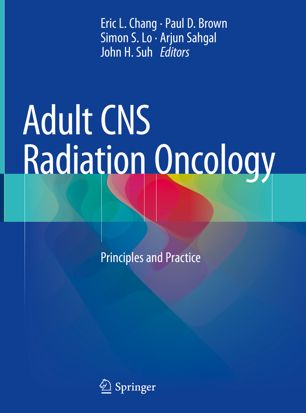

Most ebook files are in PDF format, so you can easily read them using various software such as Foxit Reader or directly on the Google Chrome browser.
Some ebook files are released by publishers in other formats such as .awz, .mobi, .epub, .fb2, etc. You may need to install specific software to read these formats on mobile/PC, such as Calibre.
Please read the tutorial at this link: https://ebookbell.com/faq
We offer FREE conversion to the popular formats you request; however, this may take some time. Therefore, right after payment, please email us, and we will try to provide the service as quickly as possible.
For some exceptional file formats or broken links (if any), please refrain from opening any disputes. Instead, email us first, and we will try to assist within a maximum of 6 hours.
EbookBell Team

4.4
12 reviewsThis book elucidates the radiation therapy protocols and procedures for the management of adult patients presenting with primary benign and malignant central nervous system tumors. With the development of new treatment strategies and rapid advancement of radiation technology, it is crucial for radiation oncologists to maintain and refine their knowledge and skills. Dedicated exclusively to adult CNS radiation oncology, this textbook explores CNS tumors ranging from the common to the esoteric as well as secondary cancers of metastatic origin. The first half of the book is organized anatomically: tumors of the brain, spinal cord, leptomeninges, optic pathway, ocular choroid, and skull base. The second half covers primary CNS lymphoma, rare CNS tumors, metastatic brain disease, vascular conditions of the CNS, radiation-associated complications, and radiation modalities. Each chapter provides guidance on treatment field design, target delineation, and normal critical structure tolerance constraints in the context of the disease being treated. Learning objectives, case studies, and Maintenance of Certification Self-Assessment Continuing Medical Education-style questions and answers are incorporated throughout the book. This is an ideal guide for radiation oncologists, residents, and fellows, but medical students may also find value in the text.